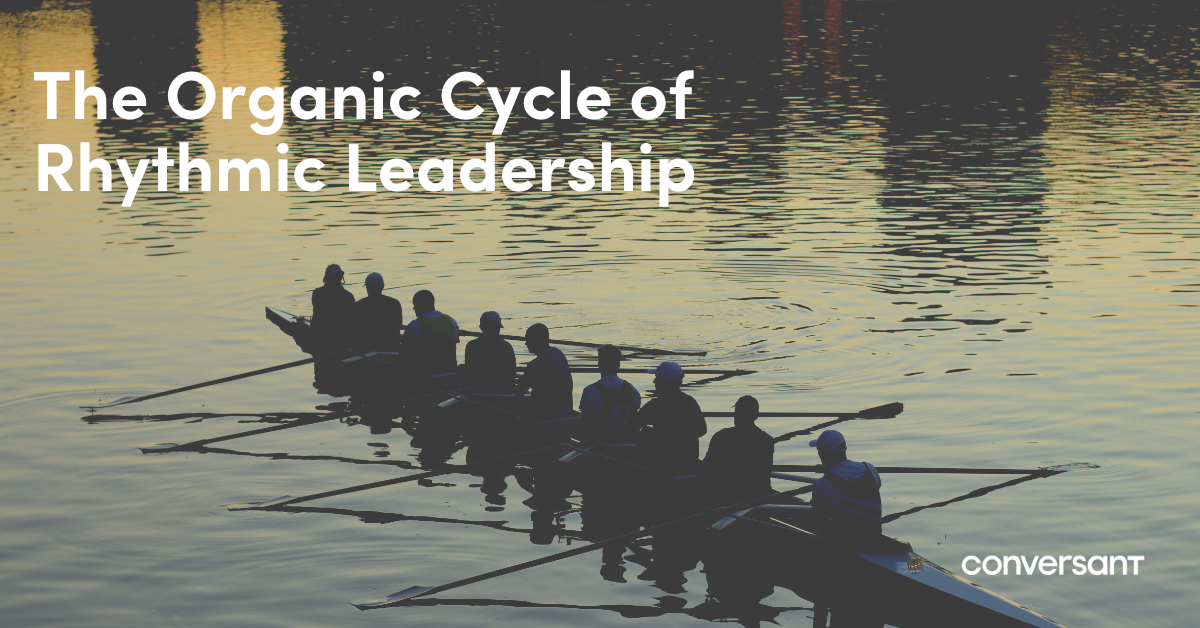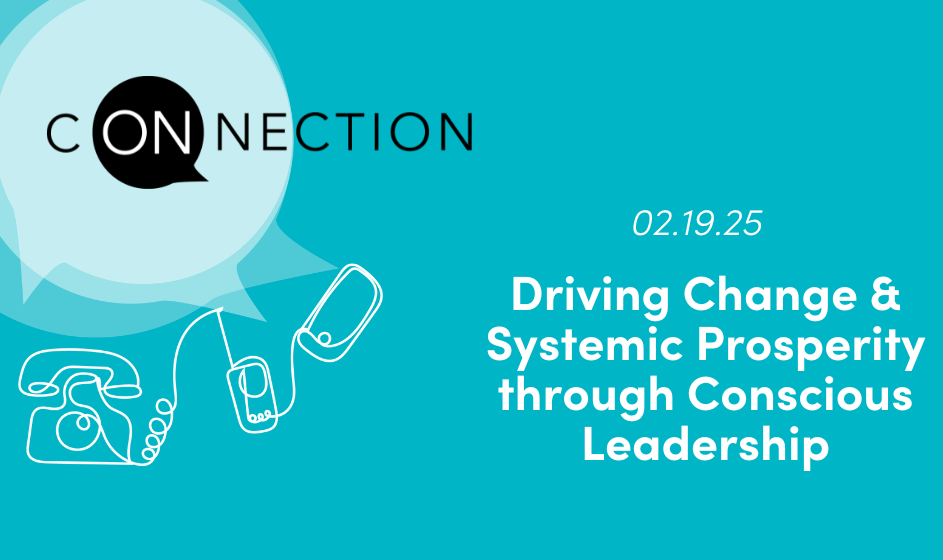It was impossible not to get nostalgic in times of isolation. At the time of writing this text it was Sunday and the day was beautiful. That reminded me of the first time I practiced Polynesian canoeing, one of the coolest sports I have known. Besides the pleasure of feeling the wind in my face and being inspired by beautiful landscapes, it is a very practical lesson of leadership.
The canoes are driven by about five or six people. The rowing movement demands constant body awareness and the instruction is always to synchronize your movement with the person immediately in front of you.
When I first practiced, I realized that this dual focus—on my movement and the body dynamics of the person in front of me—caused me to strive, in vain, to do both things well. The feeling was one of weariness and frustration.
The main learning, and what makes the experience fun, happened when the instructor asked us to stop for a while, then shared some feedback. He said the focus shouldn’t be on me or the person in front of me, but on the canoe as a whole and the flow of its movement.
This instructor’s speech was the turning point I needed. Putting my attention on the canoe made my effort lighter, almost a relaxed focus. It was at this moment that we felt the canoe going into flow and the speed increasing. When I noticed, my rowing movement was correct and the sync with the other people on the team, natural.
The organization and its vital signs
In the difficult times of a pandemic, this experience came back to my mind often. Leading an organization through a crisis as acute and painful as this one made my initial impetus to be a lot of effort to solve challenges and bring people together. Yet, like in the canoe, I realized that this effort often doesn’t help much.
Planning, for example, was a very exhausting task. Not because of the rationality of the situation, like the high level of uncertainty and the constant replanning, but because of how it made me feel. Even knowing that all leaders are experiencing something similar, I had doubts: is it normal to feel incapable of dealing with all this? Many more people must have asked the same thing. The danger is that it becomes a fear of failure and that, thus, it dominates (or paralyzes?) me and people close to me, making things not go as we would like.
But, in looking at this context, I began to wonder what the best approach would be and what the situation asks of me. Using the metaphorical learnings of Polynesian canoeing, I realized that the attention should be on the canoe. In this case, on the organization I lead. Unlike the canoe, organizations are intangible and I can’t see it, but I see signs of vitality (or lack of it) when I look at it from a different place.
On a day-to-day basis, I keep looking at the same things: the health of finances, the well-being of people and the smooth running of processes. Yet, looking at all this to understand what brings vitality to the organization makes me, little by little, learn to lead better.
Looking at two things and seeing only one (because of the relationship between the two) is not only one of the best ways to lead that I know. It is also a basic condition of nature, in the same way that a heart needs systole and diastole, or that a lung expands and contracts during breathing, or that the twenty-four hours alternate between day and night. It is the rhythm of things that shows their vitality, their homeostasis.
Rhythmic leadership, thus, is the best practice for leaders to bring more awareness to their actions and more vitality to the organization they lead.
Opportunities and evolution
To explore the practical applications of rhythmic leadership and its entire homeostatic concept, it’s worth watching a video by Dr. Richard Boyatzis, a neuroscientist at Benedictine University.
The recent discovery of neuroscience is that the tasks of expanding our perception and focusing on an action do not occur at the same time, as if they were a switch. It may seem like bad news, but if we stop to think about it, the heart makes one movement at a time, in the same way that day and night do not coexist in the same period.
We all have days when we need focus on critical issues, such as the survival of the organization, revamping operations and risky financial management. But for this to work, we also need days of deep conversations, in-depth analysis and brainstorming sessions to stimulate the company’s creative capacity, for example.
With all the flexibility required with pandemic changes, there is also the chance to migrate from a leadership model focused on maximizing results, and based on the fear of things going wrong, to a leadership that sees that restrictions are opportunities for evolving and creating the desired prosperity at a healthy pace.
Knowing when to focus and when to open up is not a 21st century leadership lesson, nor a fad, but a gift that is being given to us to live more naturally. Like days and nights, inspiration and expiration, leaders can pulse at the rhythm that brings most vitality to the organizations they lead.
Article originally published in MIT Sloan Review Brazil.




